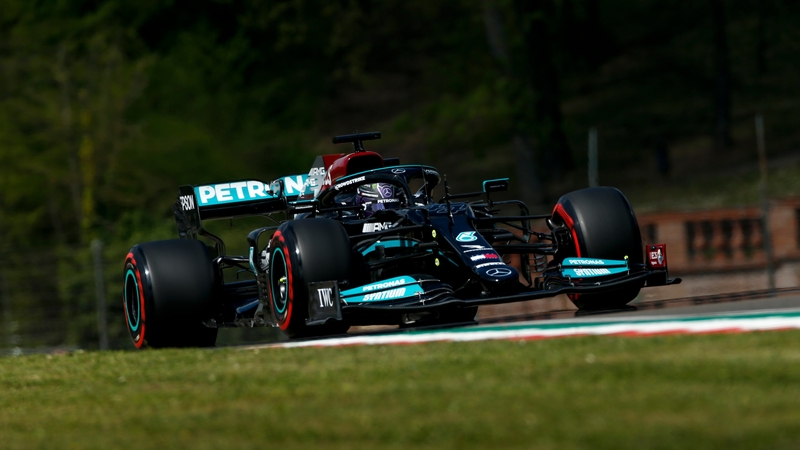

On May 26, 2010, a Velocity employee posted to the builder's email-list a note from Scott and Duane Swing that stated that they had bought back full ownership of Velocity Inc from Rocket Racing League. The RRL announced their goal was to "produce an airframe that will be consistent for all competing Rocket Racers." On April 14, 2008, the Racing Rocket Racing Composite Corporation, a subsidiary of the Rocket Racing League, acquired Velocity Aircraft. In April 2008, the league stated that it was "ready for competition four exhibition races will be held later year, one in Las Cruces." In the event, no races occurred in either 2006 or 2007. In 2006, analysts identified doubts about the economics of the venture, and especially of the ability of RRL to attract a large fanbase similar to Ind圜ar and NASCAR. Initial plans called for a four-team league finals in 2006, to be followed by 10 teams competing in 2007, with video games based on the competition also out in 2007. According to Diamandis, the purpose of the league was to "inspire people of all ages to once again look up into the sky and find inspiration and excitement." The formation of the league was announced by Granger Whitelaw, and Peter Diamandis, founder of the Ansari X-Prize, in October 2005 in partnership with the Reno Air Races. Īs of 2012, RRL claimed that "official team recruitment will commence as the production-level Rocket Racers near completion", listing five "candidate teams of the RRL franchise": Bridenstine Rocket Racing, Santa Fe Racing, Rocket Star Racing, Team Extreme Rocket Racing, and Canada-based Beyond Gravity Rocket Racing. Teams Īs of 2008, there were six teams registered to compete in the inaugural 2008 race season, Rocket Star Racing, Team Extreme Rocket Racing, Canada-based Beyond Gravity Rocket Racing, Bridenstine Rocket Racing, Santa Fe Racing and Thunderhawk Rocket Racing.

Each racer was to have a separate track to follow but the courses were planned to be close together to build excitement.

The pilots would be guided by a virtual three-dimensional "track" projected in their head-up display. Pilots were to take off in pairs a few minutes apart, they would be competing against the clock but would maneuver around each other much like NASCAR. The proposed "track" for a typical Rocket Race was to have begun with a staggered start. Īft view of the Rocket Racer on landing roll-out at Mojave. In order to provide the airframes, RRL purchased the aircraft's manufacturer, Velocity Aircraft, in April 2008. The Velocity airframe was derived from a commercially available kit plane that traced its design heritage to the Rutan Long-EZ, which had been modified to accept rocket power and custom avionics. The planes were based on the fixed-gear Velocity SE modified by XCOR Aerospace and the retractible gear Velocity XL modified by Armadillo Aerospace for the purpose of rocket racing. The rocketplanes were expected to cost less than US$1 million each.

Projected to be an hour and one half in length, the races were intended to be between Rocket Racer planes that used liquid oxygen and either kerosene or ethanol fuel with a burn time of four minutes. The 2011 races were, in the end, never scheduled, and by 2014, the league was defunct. With the addition of venture capital funding in mid-2009, technology development continued and one exhibition occurred in 2010, with another round of plans for an inaugural season of races in 2011. The league had planned to hold its inaugural race season in 2008 with four races, but encountered financial difficulties that delayed fielding of Rocket Racers by the six teams that had been previously announced. Three prototype canard-style Rocket Racer aircraft were built between 20. The "Rocket Racers" were slated to compete in the air and on a virtual racetrack easily viewed by a live audience as well as projected on large screen and handheld electronic displays. Founded in 2005, the league made its first public flights in 2010 and was working to begin regular racing seasons. The Rocket Racing League was a racing league that planned to use rocket-powered aircraft to race a closed-circuit air racetrack. The prototype Rocket Racer, a modified Velocity SE climbing to 8400 feet on its first "up and away" flight, Octoat the Mojave Spaceport.


 0 kommentar(er)
0 kommentar(er)
